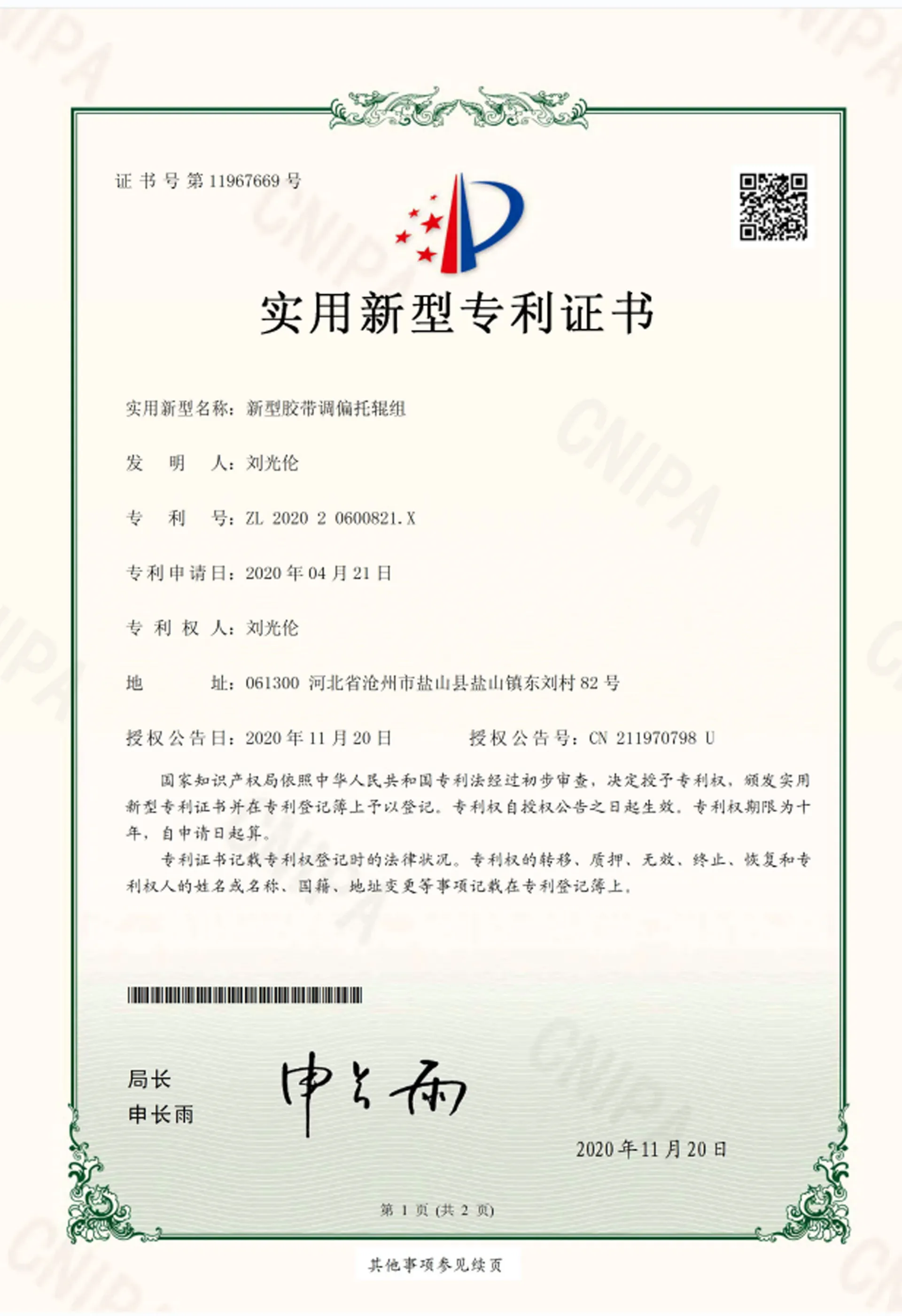 Afrikaans
Afrikaans  Albanian
Albanian  Amharic
Amharic  Arabic
Arabic  Armenian
Armenian  Azerbaijani
Azerbaijani  Basque
Basque  Belarusian
Belarusian  Bengali
Bengali  Bosnian
Bosnian  Bulgarian
Bulgarian  Catalan
Catalan  Cebuano
Cebuano  Corsican
Corsican  Croatian
Croatian  Czech
Czech  Danish
Danish  Dutch
Dutch  English
English  Esperanto
Esperanto  Estonian
Estonian  Finnish
Finnish  French
French  Frisian
Frisian  Galician
Galician  Georgian
Georgian  German
German  Greek
Greek  Gujarati
Gujarati  Haitian Creole
Haitian Creole  hausa
hausa  hawaiian
hawaiian  Hebrew
Hebrew  Hindi
Hindi  Miao
Miao  Hungarian
Hungarian  Icelandic
Icelandic  igbo
igbo  Indonesian
Indonesian  irish
irish  Italian
Italian  Japanese
Japanese  Javanese
Javanese  Kannada
Kannada  kazakh
kazakh  Khmer
Khmer  Rwandese
Rwandese  Korean
Korean  Kurdish
Kurdish  Kyrgyz
Kyrgyz  Lao
Lao  Latin
Latin  Latvian
Latvian  Lithuanian
Lithuanian  Luxembourgish
Luxembourgish  Macedonian
Macedonian  Malgashi
Malgashi  Malay
Malay  Malayalam
Malayalam  Maltese
Maltese  Maori
Maori  Marathi
Marathi  Mongolian
Mongolian  Myanmar
Myanmar  Nepali
Nepali  Norwegian
Norwegian  Norwegian
Norwegian  Occitan
Occitan  Pashto
Pashto  Persian
Persian  Polish
Polish  Portuguese
Portuguese  Punjabi
Punjabi  Romanian
Romanian  Russian
Russian  Samoan
Samoan  Scottish Gaelic
Scottish Gaelic  Serbian
Serbian  Sesotho
Sesotho  Shona
Shona  Sindhi
Sindhi  Sinhala
Sinhala  Slovak
Slovak  Slovenian
Slovenian  Somali
Somali  Spanish
Spanish  Sundanese
Sundanese  Swahili
Swahili  Swedish
Swedish  Tagalog
Tagalog  Tajik
Tajik  Tamil
Tamil  Tatar
Tatar  Telugu
Telugu  Thai
Thai  Turkish
Turkish  Turkmen
Turkmen  Ukrainian
Ukrainian  Urdu
Urdu  Uighur
Uighur  Uzbek
Uzbek  Vietnamese
Vietnamese  Welsh
Welsh  Bantu
Bantu  Yiddish
Yiddish  Yoruba
Yoruba  Zulu
Zulu belt conveyor idler types
Understanding Belt Conveyor Idler Types
Belt conveyors are an integral part of various industries, efficiently transporting materials from one location to another. A critical component of these systems is the conveyor idler, which supports the belt and facilitates smooth material movement. Understanding the different types of belt conveyor idlers is essential for optimizing performance, enhancing efficiency, and ensuring longevity in conveyor operations.
What is a Conveyor Idler?
A conveyor idler is a rolling device that maintains the tension and alignment of the conveyor belt. It is typically placed along the length of the conveyor system in various configurations depending on the application and design of the conveyor. The right choice of idlers minimizes belt sagging, reduces resistance, and supports the load effectively.
Types of Idlers
1. Return Idlers
Return idlers are designed to support the underside of the conveyor belt as it returns to the loading point. These idlers are crucial for maintaining proper belt tension and alignment. They are categorized into flat and trough return idlers, with trough return idlers offering better load support due to their curved shape that conforms to the belt.
2. Trough Idlers
Trough idlers are among the most common types used in the industry. They typically consist of three rollers arranged in a U shape, allowing them to carry bulk materials securely. This design helps in preventing spillage and provides stability to the conveyed materials, making them perfect for handling loose materials like coal, grains, and aggregates.
Horizontal idlers, also known as flat idlers, have their rollers positioned parallel to the ground. They are typically used in sections of the conveyor where the belt remains flat and where there is no significant load being transported. Horizontal idlers play a crucial role in transitioning between inclined and horizontal sections of a conveyor system.
belt conveyor idler types

4. Impact Idlers
Impact idlers are specifically designed to absorb the shock of heavy loads as they drop onto the belt. These idlers are positioned at loading zones to protect the belt and other components from excessive wear and damage. They often come equipped with additional cushioning material to enhance their shock-absorption capabilities.
5. Training Idlers
Training idlers help in keeping the conveyor belt centered during operation. They are essential when the belt is susceptible to wandering due to material loads or mechanical issues. Training idlers can be either fixed or pivoting, where pivoting idlers can adjust their position automatically to correct belt alignment.
6. Self-Aligning Idlers
Self-aligning idlers serve a similar purpose to training idlers, but with an added mechanical feature allowing them to adjust automatically as the belt shifts. They are particularly useful in applications where the belt may be subject to lateral movement or misalignment due to load variations or structural settlements.
7. Specialty Idlers
There are also various specialty idlers designed for specific applications. These may include idlers for high-speed conveyors, heavy-duty operations, or environmentally enclosures designed to protect the conveyor system from dust and debris.
Importance of Choosing the Right Idler
Selecting the correct type of idler is paramount for the overall efficiency and longevity of a belt conveyor system. The right idler can reduce power consumption, lower maintenance costs, and increase the operational life of the belt. It's essential to consider factors such as the material being conveyed, the weight of the load, and the environmental conditions to make an informed choice.
In conclusion, understanding the various types of belt conveyor idlers and their specific applications is vital for achieving optimal performance in conveyor systems. Whether for bulk material handling, light loads, or specialized applications, selecting the right idler ensures operational efficiency and durability. Industry professionals must remain knowledgeable about these components to maintain competitive advantages and reduce operational costs in their material handling processes.
-
Revolutionizing Conveyor Reliability with Advanced Rubber Lagging PulleysNewsJul.22,2025
-
Powering Precision and Durability with Expert Manufacturers of Conveyor ComponentsNewsJul.22,2025
-
Optimizing Conveyor Systems with Advanced Conveyor AccessoriesNewsJul.22,2025
-
Maximize Conveyor Efficiency with Quality Conveyor Idler PulleysNewsJul.22,2025
-
Future-Proof Your Conveyor System with High-Performance Polyurethane RollerNewsJul.22,2025
-
Driving Efficiency Forward with Quality Idlers and RollersNewsJul.22,2025





























